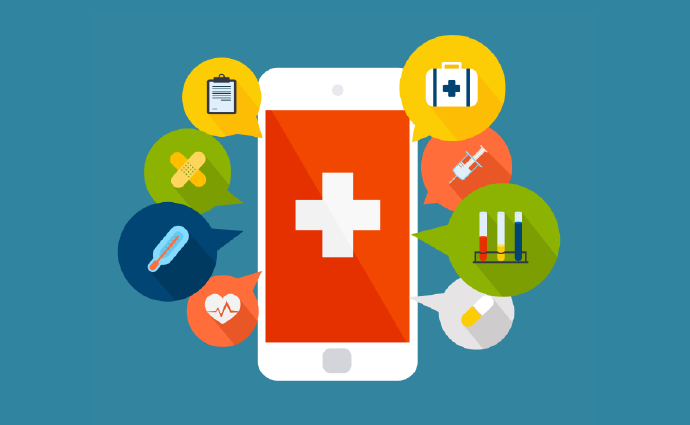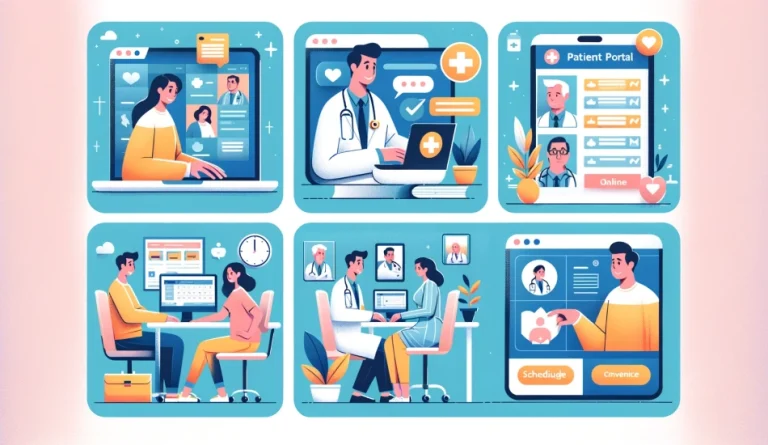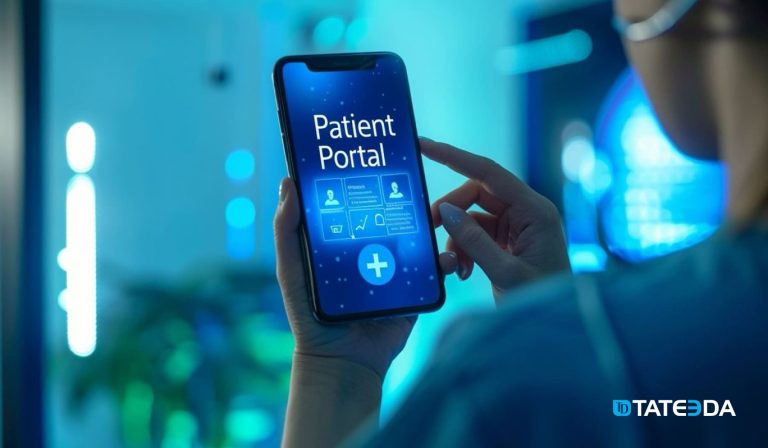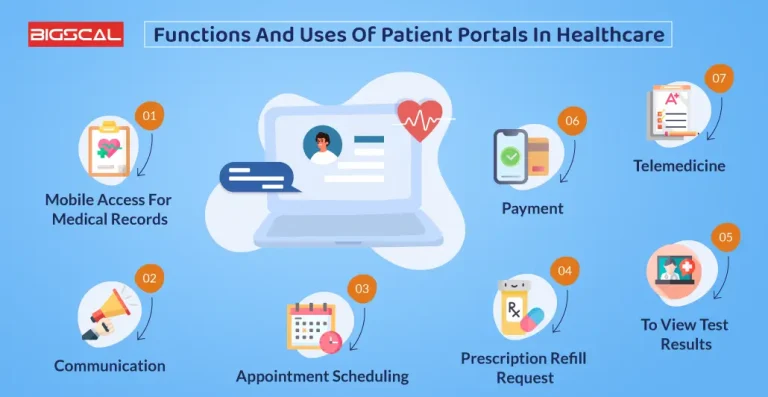“How to Find and Choose the Best Patient Portal for Your Needs”
In today’s digital age, patient portals have become indispensable tools for managing healthcare. These secure online platforms empower patients to access their health information, communicate with healthcare providers, schedule appointments, and much more. However, with numerous options available, finding and choosing the best patient portal tailored to your needs can be a daunting task. This…









